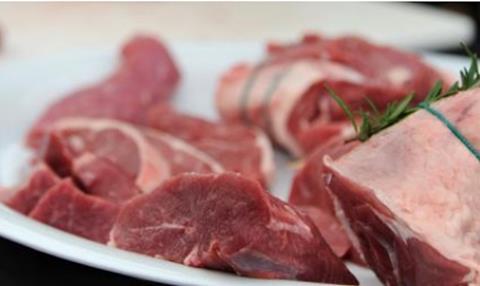
In light of the ongoing impact of the coronavirus, Beef + Lamb New Zealand’s (B+L NZ) Economic Service in conjunction with the Meat Industry Association (MIA) and processors has assessed processing capacity across the country and the potential impact on waiting times for farmers.
Its key findings were:
- The Covid-19 meat processing protocol, which requires physical distancing between plant employees to prevent the spread of the virus, has reduced the industry’s peak processing capacity by approximately 50 per cent for ovine and 30 per cent for bovine.
- The organisations reported they are well aware there are already significant waits for some farmers. What its analysis sought to identify is what difference the processing reduction would make to that wait, and the knock-on effects across species and islands.
- It confirmed there will be extra delays for farmers to get stock processed. Farmers are therefore encouraged to talk to their processor to understand exactly how it will affect them, as individual companies are looking at a range of options to better manage peak demand.
- The analysis reinforces the need for farmers to have a feed plan.
- B+L NZ says processors are well aware of the pressure many farmers are under at present. They are working hard to ascertain how they can lift throughput under the current protocol, while not endangering workers.
- Processors are also continuing to work with MPI (Ministry for Primary Industries) to see if there are more science-supported changes that could be made to the protocol that would allow an increase in throughput, while not compromising worker safety in any way.
- Processors are also working hard to move inventory out of cold storage to free up space for incoming stock.This depends on commercial contracts for export orders and logistics flows, both of which are experiencing some disruptions.
- B+LNZ, together with the MIA and processing companies, will be updating processing data and reforecasting on a weekly basis and feeding that back to the industry. This will continue to give an overall picture on likely processing performance nationally, by island and by stock class and identify ongoing implications. Please note that as the situation is changing rapidly, the forecast should be taken into consideration alongside regular discussions with processing companies.
- B+LNZ will continue to provide farmers with technical information that will allow them to make timely decisions around feed planning, animal management and how they can look after themselves, their family and others in their community.
- B+LNZ is working with the Ministry for Primary Industries and other industry organisations such as Federated Farmers and DairyNZ to identify regional feed levels and supplement levels. MPI is seeking to facilitate the importation of supplementary feed where there are constraints at present.
This story was originally published on a previous version of the Meat Management website and so there may be some missing images and formatting issues.















